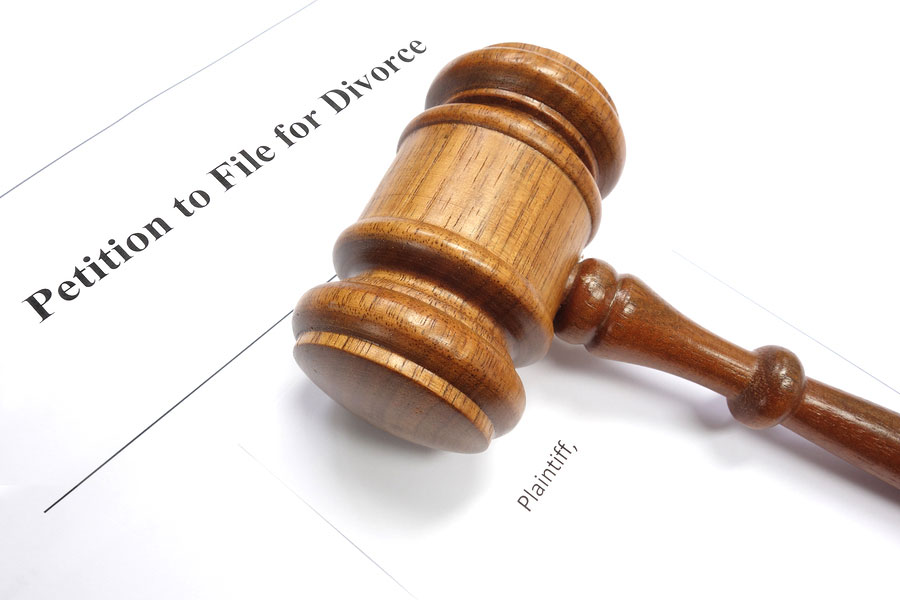What is a Retirement Plan, and Why is it so Important?
California community property law applies to all assets acquired during marriage, including retirement accounts. That means that regardless of whose name is on the plan, retirement assets are subject to being divided between both spouses. Spouses who have primarily been homemakers or stay at home parents may not fully realize how valuable these accounts are. Here are some basic facts regarding retirement accounts.
What Types of Retirement Accounts Exist?
The Employee Retirement Income Security Act (ERISA) defines two basic categories of retirement accounts: defined contribution plans and defined benefit plans. A defined benefit plan promises the employee a specific monthly benefit at retirement and is most commonly referred to as a pension. Often times an employee will have to work a number of years to qualify for these benefits, and when they do qualify, that is typically called “vesting” or “vested.”
Defined contribution plans do not promise specific amounts of benefits at retirement. The employee, and in most situations, the employer contribute to these funds, and the funds are invested, often times based on the employee’s discretion. Upon retirement, the employee will receive the balance in the account. The account value fluctuates greatly on a regular basis due to changes in the market. Examples of these plans include 401(k) plans, 403(b) plans, and Employee Stock Ownership Plans (ESOP).
Another type of defined contribution plan is an Individual Retirement Account (IRA). Although some employers provide IRA accounts to their employees, the most common types of IRAs are accounts that are opened by individuals (hence the name Individual Retirement Account). There are several different types of IRAs, including traditional, Roth, SEP, and simple.
How Much Can be Contributed to a Retirement Account?
The U.S. government sets limits on how much an employee can voluntarily contribute to a defined contribution plan, and these limits change from year to year. For example, in 2014, the maximum amount an employee could contribute to a 401(k) was $17,500, and in 2015, the maximum contribution amount was set at $18,000. For IRA accounts, the maximum contribution amount in both 2014 and 2015 was capped at $5,500. For those who are age 50 or older, the limits are increased. These amounts refer solely to the employee contributions and do not include the employer’s contributions.
Why Contribute to a Retirement Account?
Retirement accounts are intended to provide you with income when you stop working and are an extremely valuable asset. Without a retirement plan, you will have no other option other than to keep working past the “traditional” retirement age, as it is unlikely Social Security will provide you with enough income.
Since most employers contribute to defined contribution plans, the amount an employee voluntarily contributes to his or her retirement account is only a part of the total value of the asset. Although the formulas vary greatly by employer, the most common 401(k) match is 50 cents for each dollar contributed up to 6% of that employee’s gross pay.
Additionally, retirement accounts offer valuable tax savings by enabling you to defer paying income tax on the funds you contribute until you withdraw the money. The contributed funds are therefore excluded from taxable income during the years of contribution.
A lot of people mistakenly think the plan itself is the investment, but it’s really just the “basket” holding the various types of investments, such as money market funds, stocks, and bonds. Each type of investment offers varying levels of both risk and rewards. The plan’s value depends in part on how well or poorly the various investments are performing. Participating in a retirement account is a vehicle for investing money in a relatively safe and cash positive way.
Final Thoughts
If you’ve never put much thought into retirement accounts, this information will likely make your head spin. Even though you may be feeling completely overwhelmed and uneducated, taking steps to fully understand the value of retirement benefits is an important part of ensuring that you protect yourself in your divorce. The good news is that you don’t need to be an expert in retirement benefits and that there are many resources available to help you out. For more information and advice, contact us.





